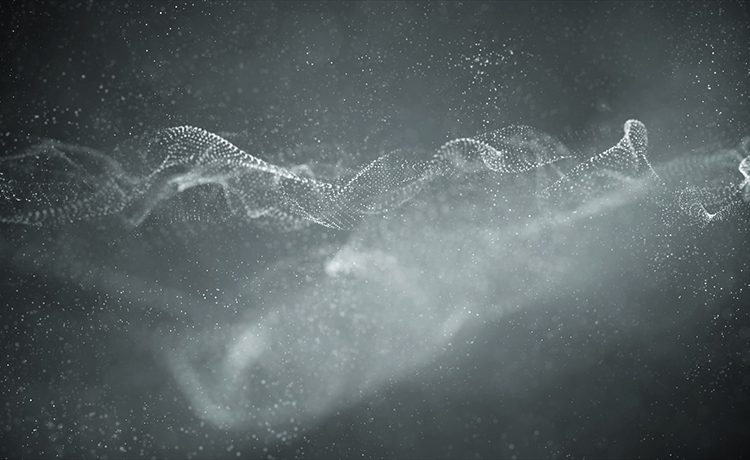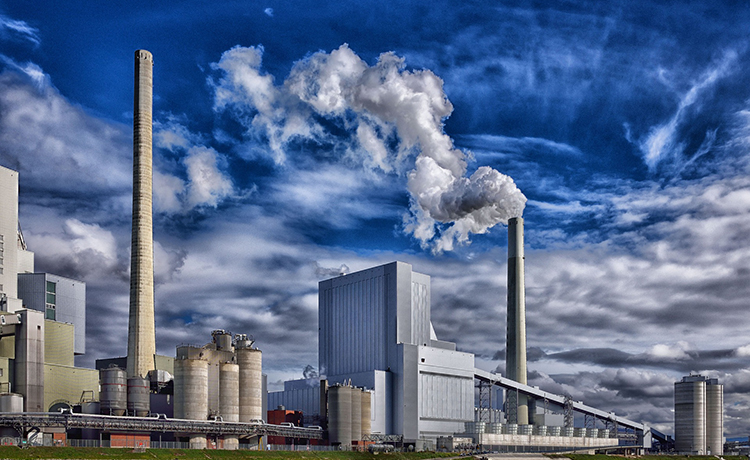One of the main components of an Electrostatic Precipitator (ESP) system is it’s collecting plates. Good ESP plates are able to attract and capture large quantities of industrial dust. WCi is experienced in providing customized collecting plates, in various designs and dimensions, to fit your specific Electrostatic Precipitator system. Here’s how they work.
For ESP Collector Plates, Opposites Attract
A modern industrial ESP system attracts and removes harmful particles from a gas stream by using electrical energy. The system charges particles within the gas stream—either positively or negatively—attracting them to large collector plates which carry an opposite charge. The special electrically-charged plates collect the dust, holding it until it can be removed into a hopper for disposal.
Electrodes, Particles and Dust
Today's complex industrial exhaust systems are a modern marvel, consisting of a flue through which gas passes into a maze of metal ESP collecting electrode plates. The ESP system removes dust particles from the exhaust gas stream, attracting it to the electrically charged collector plates as the gas flows through. The plates form a channel through which the gas passes where particles within the gas are charged, attracted to the plates and stored for removal.
ESP Collection Plate Efficiency
Not all Electrostatic Precipitator collection plates are the same. They come in various sizes and with different efficiencies. The schematics of the plates can determine how much dust can be collected and held. Because of this, the best systems have the most efficient ESP plates and are able to trap and remove large quantities of dust.
Ask our experienced engineering team about customized collecting plates in various designs and dimensions. We’ll help you craft the perfect plates to fit your specific Electrostatic Precipitator. Our trained millwrights are here to inspect, customize and install your new plates.




